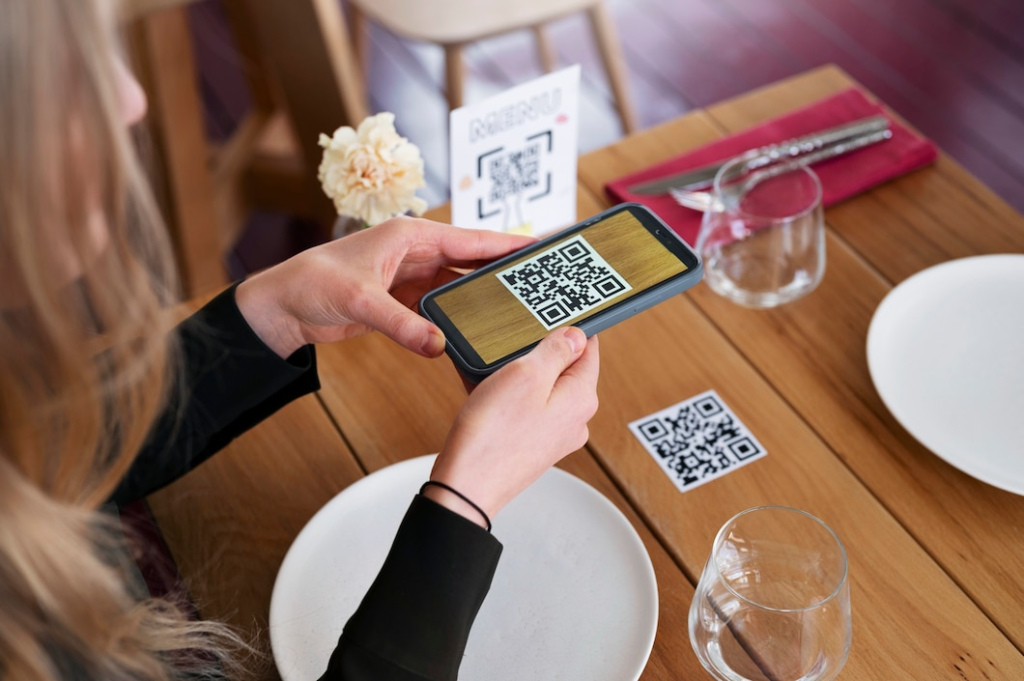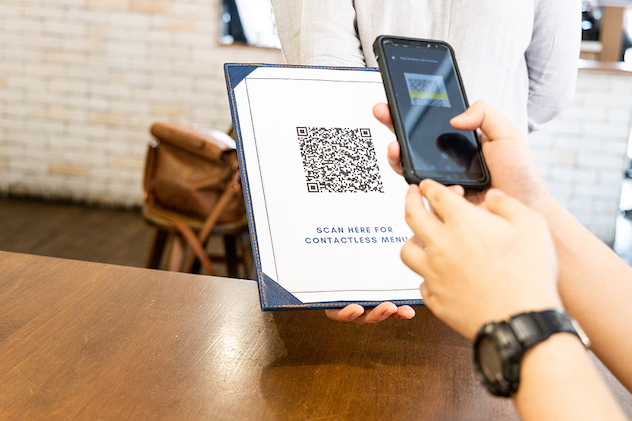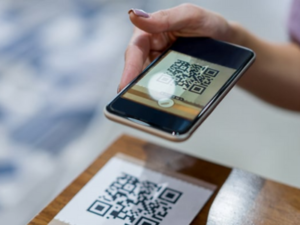In today’s digital age, businesses are constantly exploring innovative ways to enhance their effective marketing campaigns and engage with their target audience. One powerful tool that has gained significant popularity is the QR code. QR codes, short for Quick Response codes, are two-dimensional barcodes that can be scanned using a smartphone camera. They provide a quick and convenient way to access information, promotions, or perform specific actions. In this blog post, we will explore how businesses can effectively leverage QR codes in their marketing campaigns to drive engagement, increase conversions, and boost overall marketing performance.
What are QR Codes?
QR codes are square-shaped barcodes that consist of black modules arranged on a white background. These codes can store a significant amount of information, such as website URLs, contact details, product information, or text messages. When scanned using a smartphone camera or QR code scanning app, the code’s content is instantly decoded and displayed on the user’s device.
The Rise of QR Codes for effective marketing campaigns
QR codes have gained immense popularity in recent years due to their versatility and ease of use. They provide a seamless bridge between the physical and digital worlds, allowing businesses to deliver targeted content and engage with their customers more effectively. With the widespread adoption of smartphones, scanning QR codes has become a commonplace activity for many consumers.
Benefits of Using QR Codes in Marketing Campaigns

Incorporating QR codes into marketing campaigns offers several benefits for businesses. Let’s explore some of the key advantages:
1. Increased Engagement
QR codes provide an interactive and engaging experience for customers. By scanning a QR code, users can quickly access additional information about a product, watch a video demonstration, participate in a contest, or receive exclusive offers. This interactive element captures the attention of customers and encourages them to take action, leading to increased engagement with the brand.
2. Convenient Access to Information
QR codes simplify the process of accessing information. Instead of typing lengthy URLs or searching for specific content, users can simply scan a QR code to instantly access the desired information. This convenience improves the user experience and eliminates barriers that may hinder customer engagement.
3. Trackable and Measurable
One of the significant advantages of using QR codes in marketing campaigns is the ability to track and measure their performance. By using QR code analytics platforms or URL shorteners with tracking capabilities, businesses can gain valuable insights into user behavior, including the number of scans, the location of scans, and the time of scans. This data allows businesses to refine their marketing strategies and optimize campaigns for better results.
4. Versatility in Marketing Collaterals
QR codes can be integrated into various marketing collaterals, including print advertisements, product packaging, brochures, and business cards. This versatility allows businesses to seamlessly connect their offline and online marketing efforts, ensuring a consistent brand experience across different channels.
5. Cost-Effective Solution
QR codes offer a cost-effective marketing solution compared to traditional advertising methods. Businesses can generate QR codes for free or at a minimal cost, and distributing them across different marketing materials requires minimal resources. This affordability makes QR codes accessible to businesses of all sizes, from small startups to large enterprises.
Strategies Using QR Codes for Effective Marketing Campaigns

To make the most of QR codes in marketing campaigns, businesses should consider implementing the following strategies:
1. Clearly Define the Purpose
Before incorporating QR codes into marketing materials, it’s crucial to clearly define the purpose of each code. Whether it’s to provide product information, offer discounts, or drive users to a specific landing page, a clear purpose ensures that the QR code delivers value to the customer.
2. Optimize the Landing Page
When users scan a QR code, they expect to be directed to a relevant and optimized landing page. It’s essential to ensure that the landing page is mobile-friendly, loads quickly, and delivers the promised content. Optimizing the landing page improves the user experience and increases the chances of conversion.
3. Provide Incentives or Exclusive Content
To encourage users to scan QR codes, businesses can offer incentives or exclusive content. This could include special discounts, access to limited-time promotions, freebies, or sneak peeks of upcoming products. Providing value through QR codes motivates users to engage with the brand and enhances the overall effectiveness of the marketing campaign.
4. Promote QR Codes Effectively
To drive awareness and adoption, businesses need to actively promote QR codes. This can be done through various marketing channels, including social media, email marketing, in-store signage, and traditional advertising. Clearly communicate the benefits and value of scanning the QR code to incentivize users to take action.
5. Monitor and Analyze Performance
Tracking and analyzing the performance of QR codes is crucial for optimizing marketing campaigns. By monitoring scan metrics, such as the number of scans and user engagement, businesses can gain insights into the effectiveness of their QR code initiatives. This data can guide future marketing strategies and help refine QR code implementation for better results.
Frequently Asked Questions (FAQs)
Q1: Are QR codes secure to use in marketing campaigns?
Yes, QR codes themselves are secure to use. However, businesses should exercise caution when directing users to external websites or online platforms through QR codes. It’s important to ensure that the destination URL is secure and doesn’t pose any security risks to users.
Q2: Can QR codes be customized to match a brand’s aesthetic?
Yes, QR codes can be customized to match a brand’s aesthetic by incorporating company colors, logos, or design elements. Customized QR codes enhance brand recognition and create a cohesive visual experience for customers.
Q3: Can QR codes be edited or updated after they are generated?
Static QR codes are permanent and cannot be edited or updated once generated. However, businesses can utilize dynamic QR codes, which allow for content updates even after the code has been distributed. Dynamic QR codes are ideal for scenarios where the destination URL or content needs to be changed periodically.
Q4: Are there any limitations or considerations when using QR codes?
When using QR codes, businesses should consider factors such as the size and placement of the code to ensure easy scanning. Additionally, it’s essential to provide clear instructions on how to scan the code and educate users about the value they can expect by scanning.
Q5: Can QR codes be used for offline-to-online tracking?
Yes, QR codes are an excellent tool for tracking offline-to-online conversions. By analyzing scan metrics and user engagement, businesses can measure the success of their offline marketing efforts and make data-driven decisions.
Q6: How can businesses measure the ROI of QR code campaigns?
Businesses can measure the ROI of QR code campaigns by tracking the number of scans, conversions, and sales generated through QR code interactions. By comparing these metrics with the overall marketing investment, businesses can evaluate the effectiveness and profitability of their QR code campaigns.
Conclusion
QR codes offer a versatile and powerful tool for businesses to enhance their marketing campaigns and engage with their target audience effectively. By incorporating QR codes into marketing materials, businesses can increase engagement, provide convenient access to information, track campaign performance, and optimize marketing strategies. With careful planning and effective execution, QR codes can become a valuable asset in driving customer engagement, increasing conversions, and ultimately improving marketing performance.













